How is Maca powder made?
Question: “Hi Maca Team. I’ve been taking your black maca for a while now and I love it. My energy levels are off the charts compared to a month ago! I’m curious to learn all about it. Can you tell me how maca powder is made?”
The short answer to this question is: Maca roots are grown in the high Andes mountains, harvested, dried, cleaned, ground into a fine powder, packaged and then shipped.
Going deeper, it’s important to understand that the the main benefits of maca depend largely on the quality of the product a consumer uses. Several factors in the cultivation and processing of maca ultimately influence how effective and potent the final product is. We’ll devote the rest of this article to explaining the entire process from seed to shelf.
The 9 Steps To Making The Best Maca Powder Possible
One: Choosing the land where the maca roots will be grown
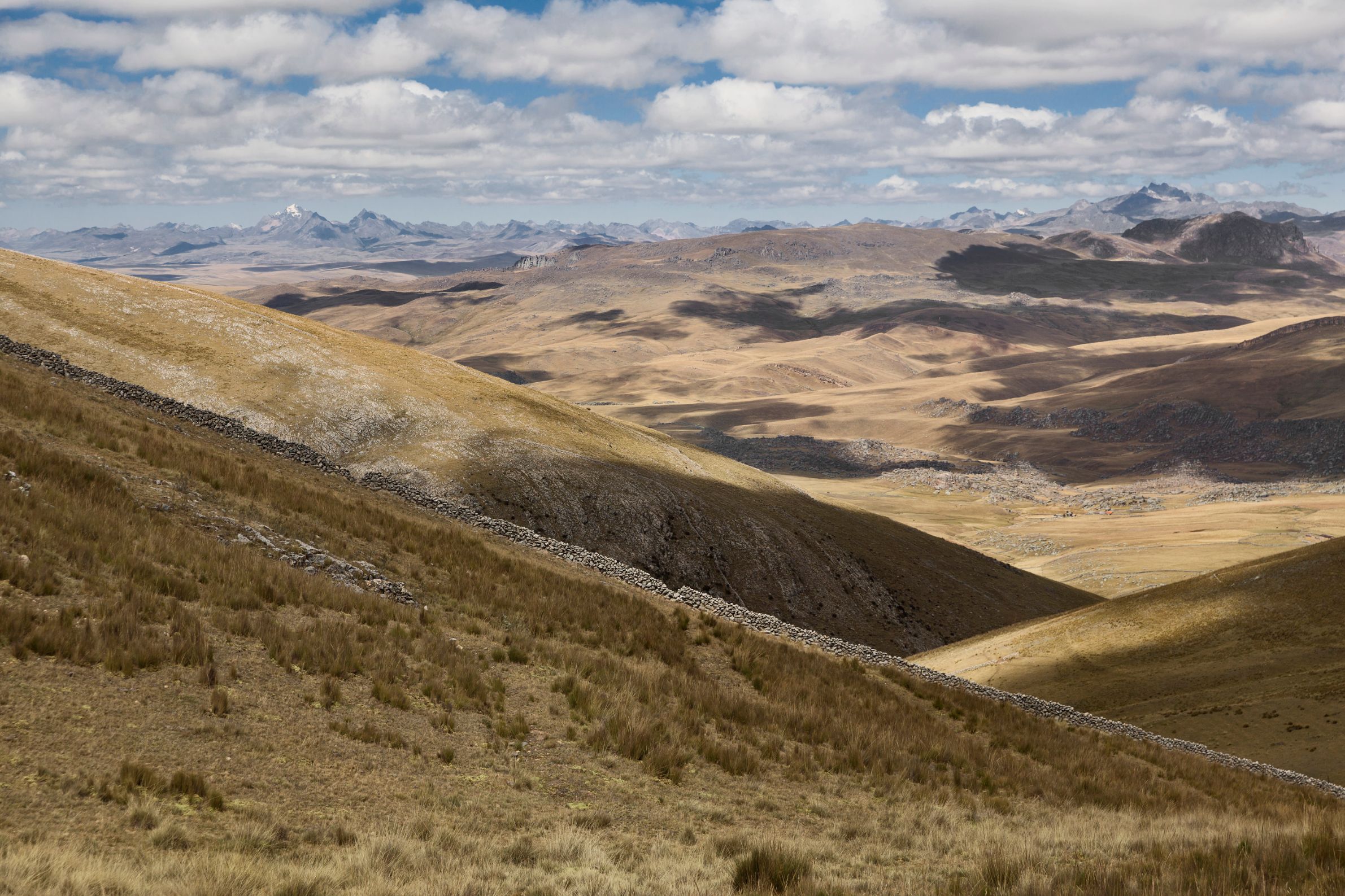
Maca roots absorb so much of the nutrients and minerals from the soil in which they grow that they can only be grown successfully for one or two years in a row. After that, the land must be rested and rehabilitated for 10 years or more before being used to grow maca again. For thousands of years maca farmers have followed a specific routine to achieve the optimal results. They know that the best land is virgin land that has never grown maca, and that the second best is land that has been carefully prepared as mentioned above. In addition, the location of the land is key. The most nutrient dense maca roots are grown on land near lake Junin in the high Andes of Peru. This likely has to do with two factors. First, the extreme high altitudes of this area and second the specific amount of precipitation produced by proximity to such a large water source.
Two: Harvesting at the correct time 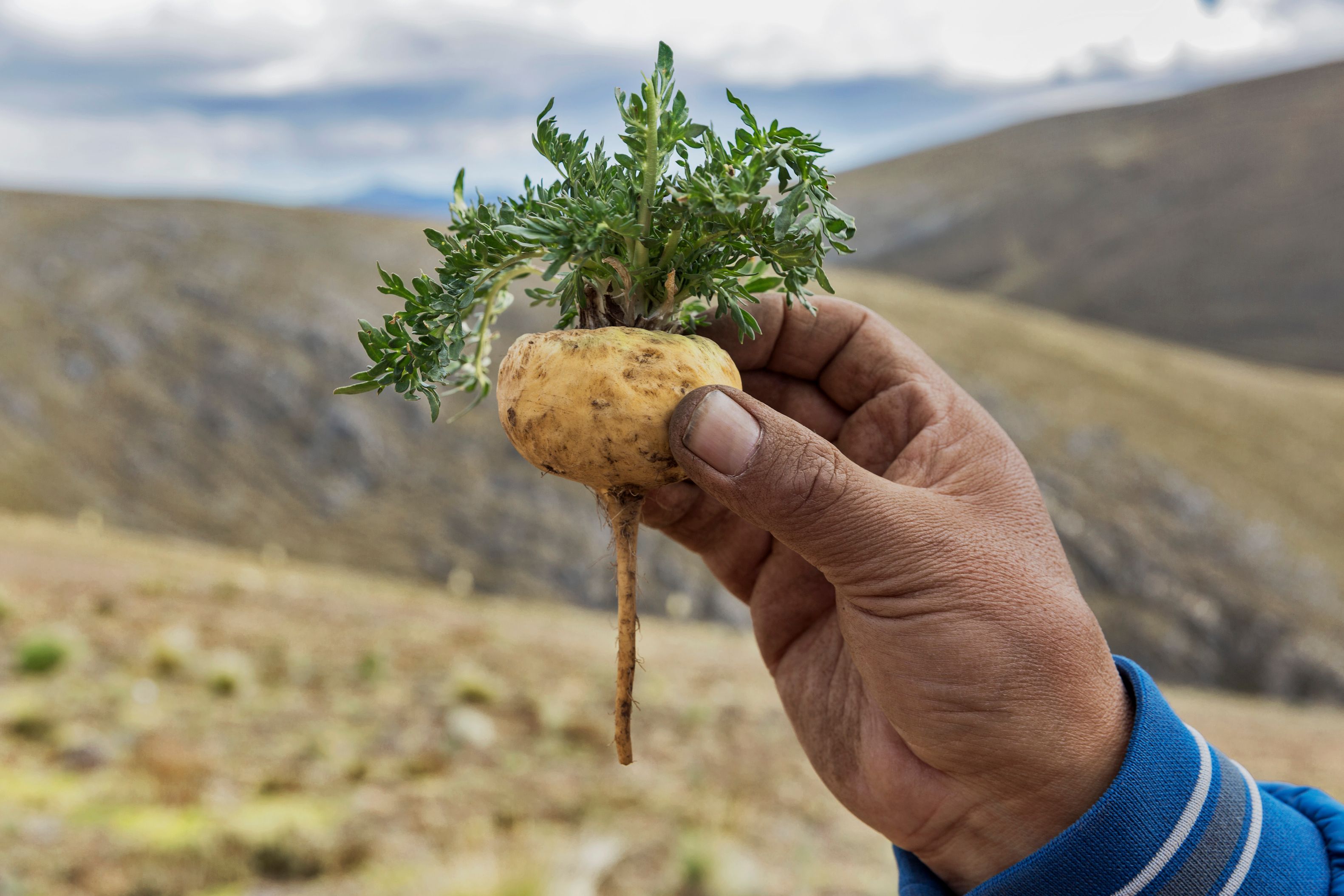
Maca roots take between 8 ½ and 9 months to mature fully. Expert and highly experienced farmers are needed to observe them weekly and determine the optimal time to pull them out of the ground. It’s detrimental to the potency of the final product to harvest them too early or to leave them in the ground for too long.
Three: Drying properly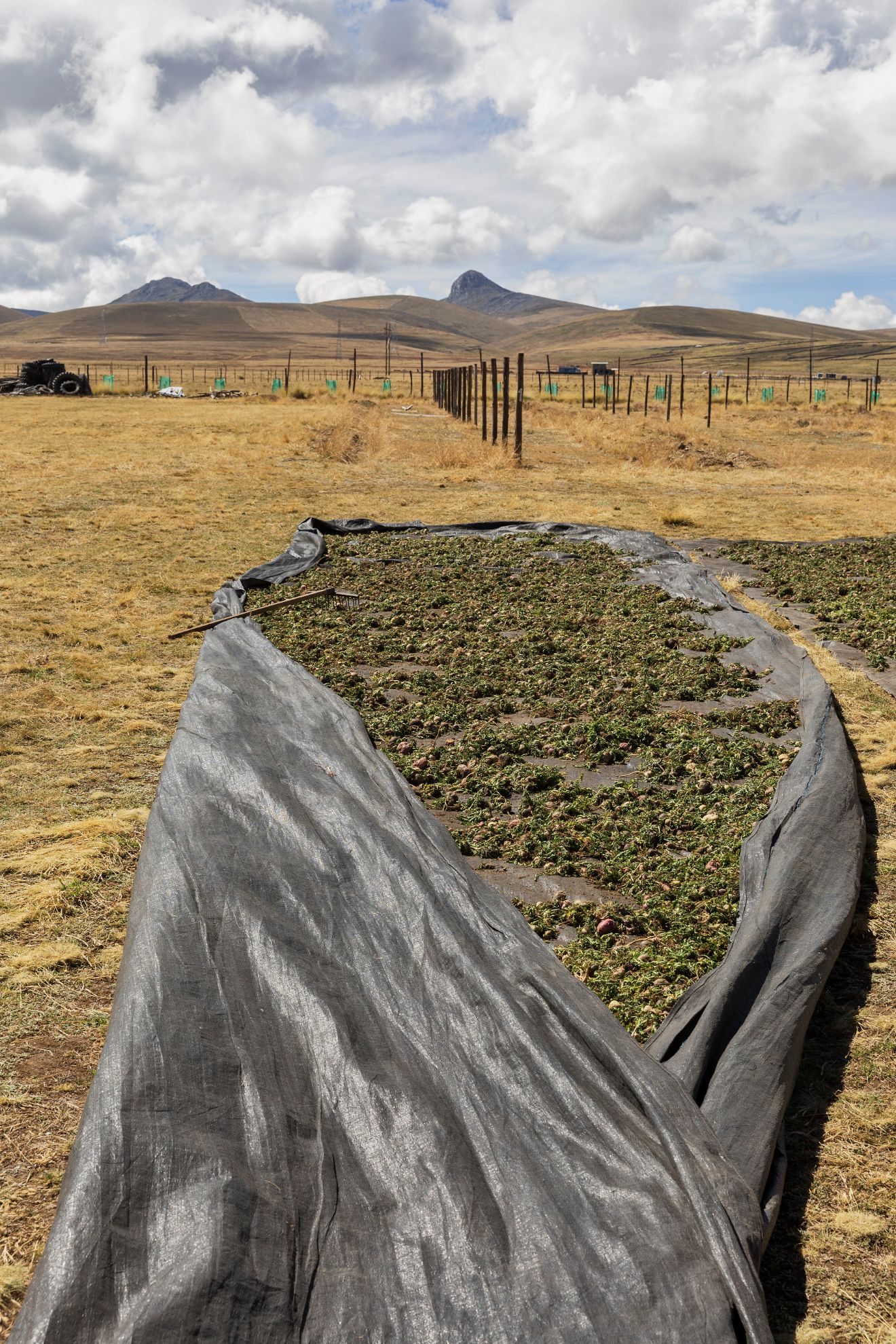
Once the roots are harvested, they need to be dried immediately to prevent exposure to humidity and oxidation. The drying process takes place either in the intense mountain sun over the course of 15-40 days or large dehydrators at the processing plant. Each drying process produces either “sundried” or “premium” maca powders.
Four: Storage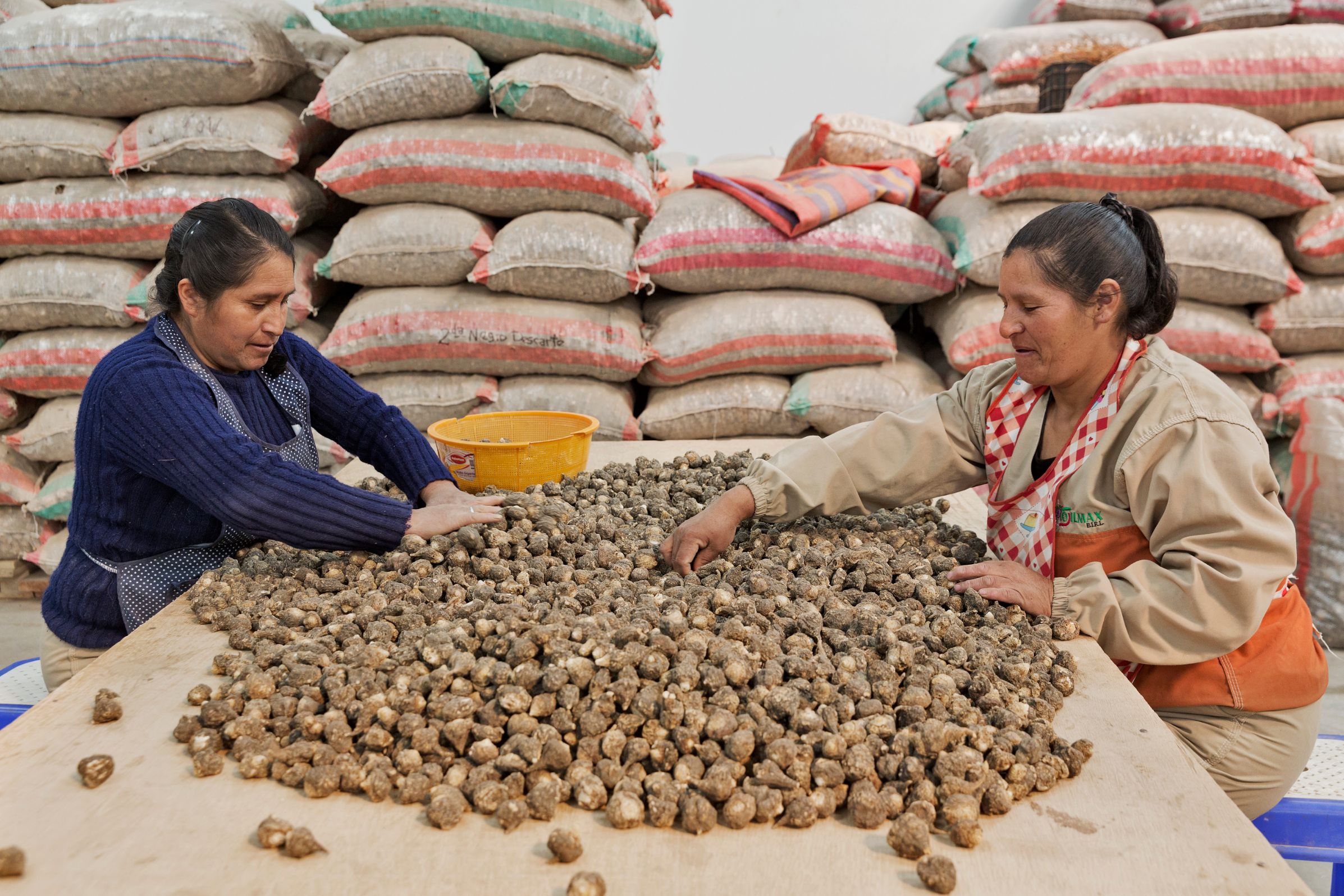
After drying, the roots are stored until it is time to process them into a powder. This is a critical period because if the roots are not kept dry they can mold. The best place to store the roots is inside carefully maintained warehouses at high elevation in the Andes, where the humidity is very low.
Five: Sorting and cleaning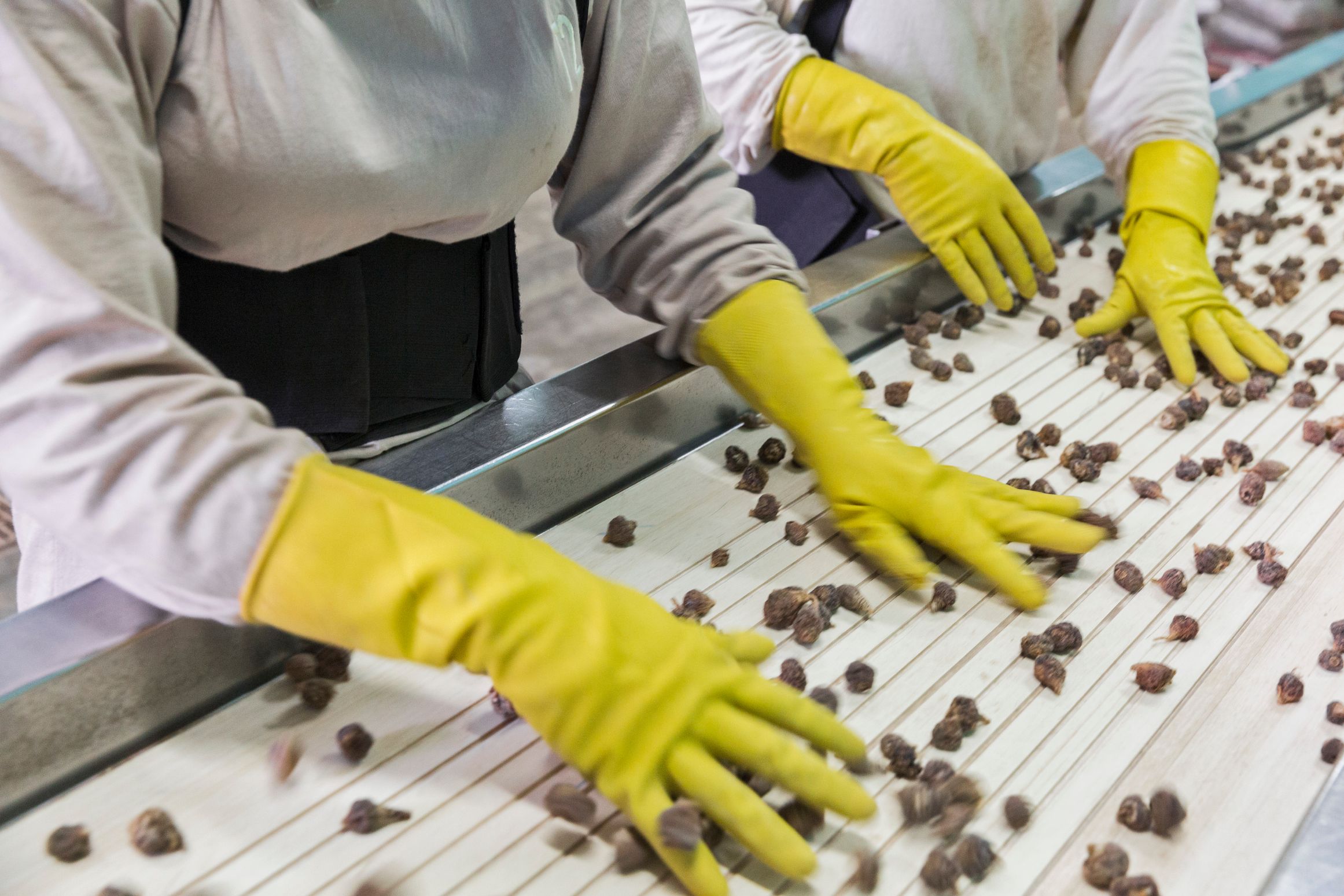
When the roots are ready to be made into a powder, they are brought to a processing facility. There, they are immediately inspected and sorted by color and size. They are also carefully cleaned of any remaining soil, leaves and stems. At this point they are ready to be ground into a powder.
Six: Processing
Stainless steel machinery is used to grind the whole roots in stages. The first stage is to cut the whole roots into smaller pieces. Those pieces are then ground into pebble sized chunks. These chunks are then ground into a coarse powder similar to sand. Finally, this material is ground several times at a fine setting to produce the final maca powder itself.
Seven: Inspection and testing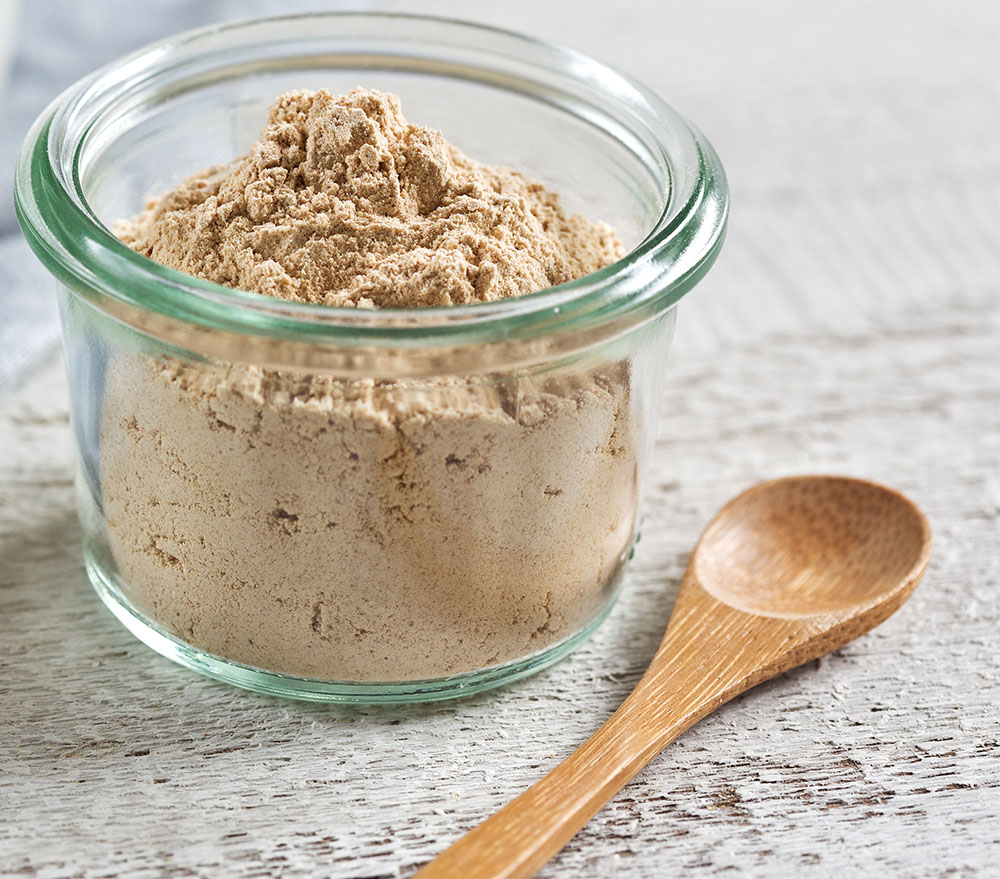
The final powder is inspected carefully both manually and by machine to make sure that no debris or metal from the grinding process is present. After that, it is sent to 3- 4 different laboratories to analyze its nutrient content (including levels of the important amino acids unique to maca called macaenes and macamides), its mineral content and to certify that it is safe for consumption.
Eight: Bulk packaging
Once it has been certified, the powder is ready for bulk packaging. It is placed in 2-3 layers of thick food-grade plastic bags and vacuum sealed to preserve freshness.
Nine: Packaging for shipment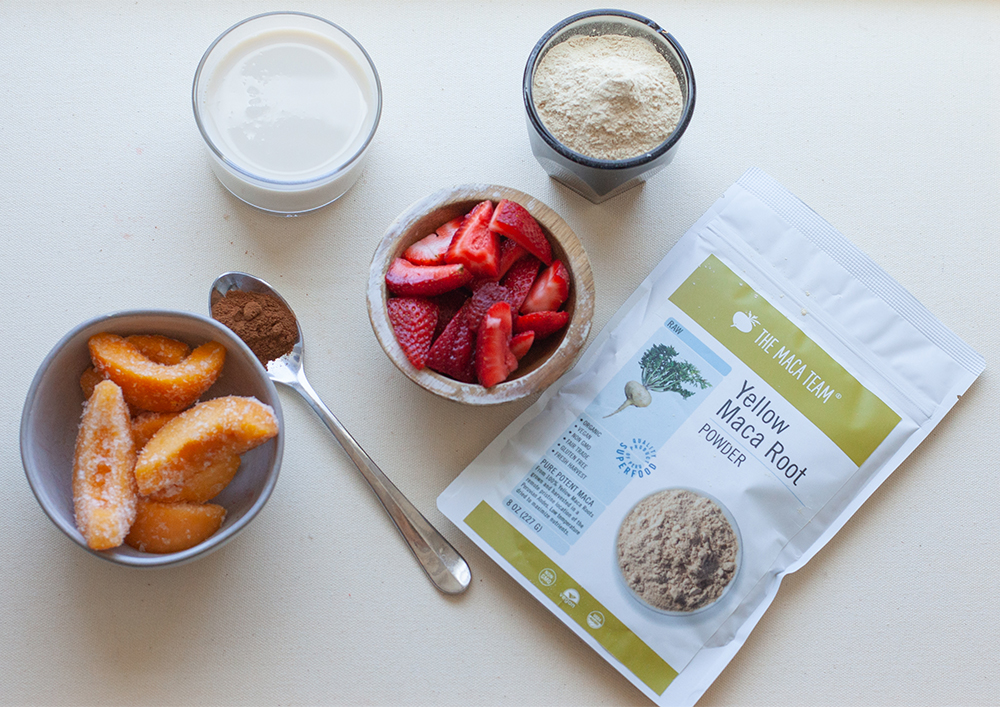
The bulk maca powder is then placed into individual packaging and ready to ship out to consumers.
Finally, the powder is ready to be enjoyed by customers worldwide. As you can see, the process of producing high quality and potent maca powder is extensive and requires a great deal of cooperation and coordination among farmers, processors, certifiers, packers and vendors.
At The Maca Team, we are grateful to work with excellent individuals and groups who painstakingly take care to produce the highest quality products anywhere. The photos in the article were all taken by partners of The Maca Team on one of our trips to Peru.
We hope this article has helped fully answer the original question of how maca powder is made. If you have any further questions, please let us know. We’re always happy to help.
![]()
